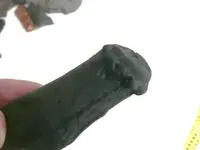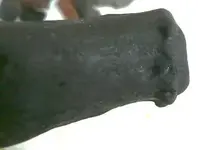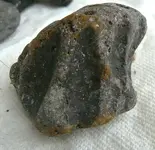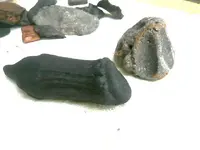BeachComber7
Sr. Member
- Joined
- May 12, 2012
- Messages
- 461
- Reaction score
- 66
- Golden Thread
- 0
- Location
- Treasure Coast-Florida
- Detector(s) used
- Bounty Hunter Pioneer and Tesoro deLeon
- Primary Interest:
- All Treasure Hunting
- #1
Thread Owner
I found this on the beach today. Thought they were unusual. The one that has the indentations, not sure if it is even a fossil. looks like one, but it might be just a rock! All the pics were enhanced so the detail of the piece can be seen. The long one is all black.







